

Silk Road
at the
Art Institute
2007
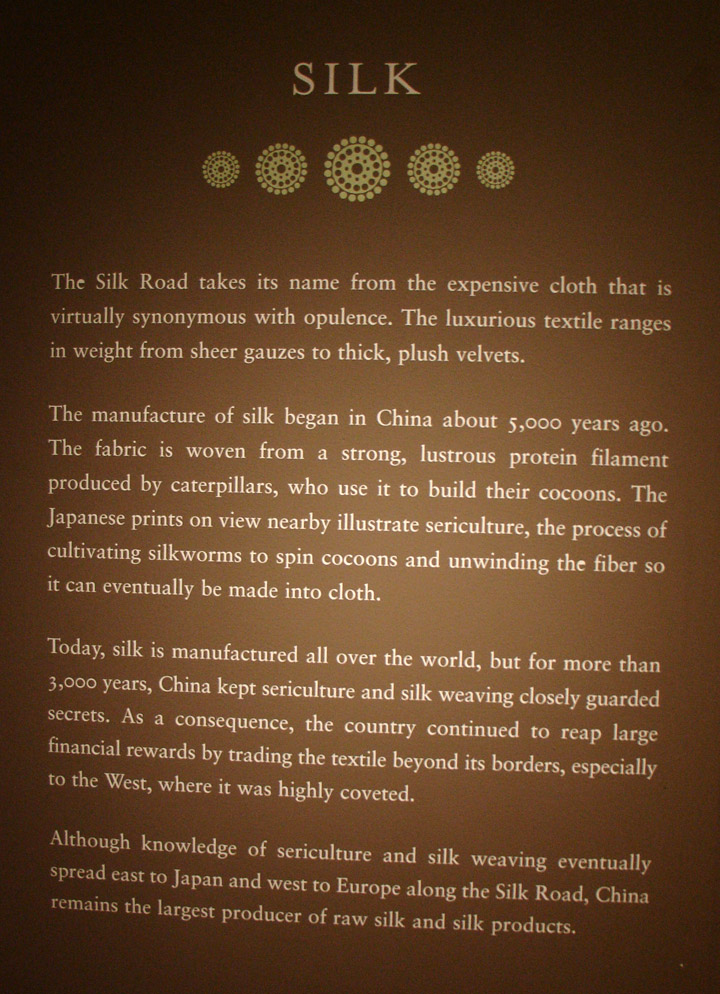
The "Silk Road" essentially came into being from the 1st century BC, following the efforts by China to consolidate a road to the Western world and India, both through direct settlements in the area of the Tarim Basin and diplomatic relations with the countries of the Dayuan, Parthians and Bactrians further west.
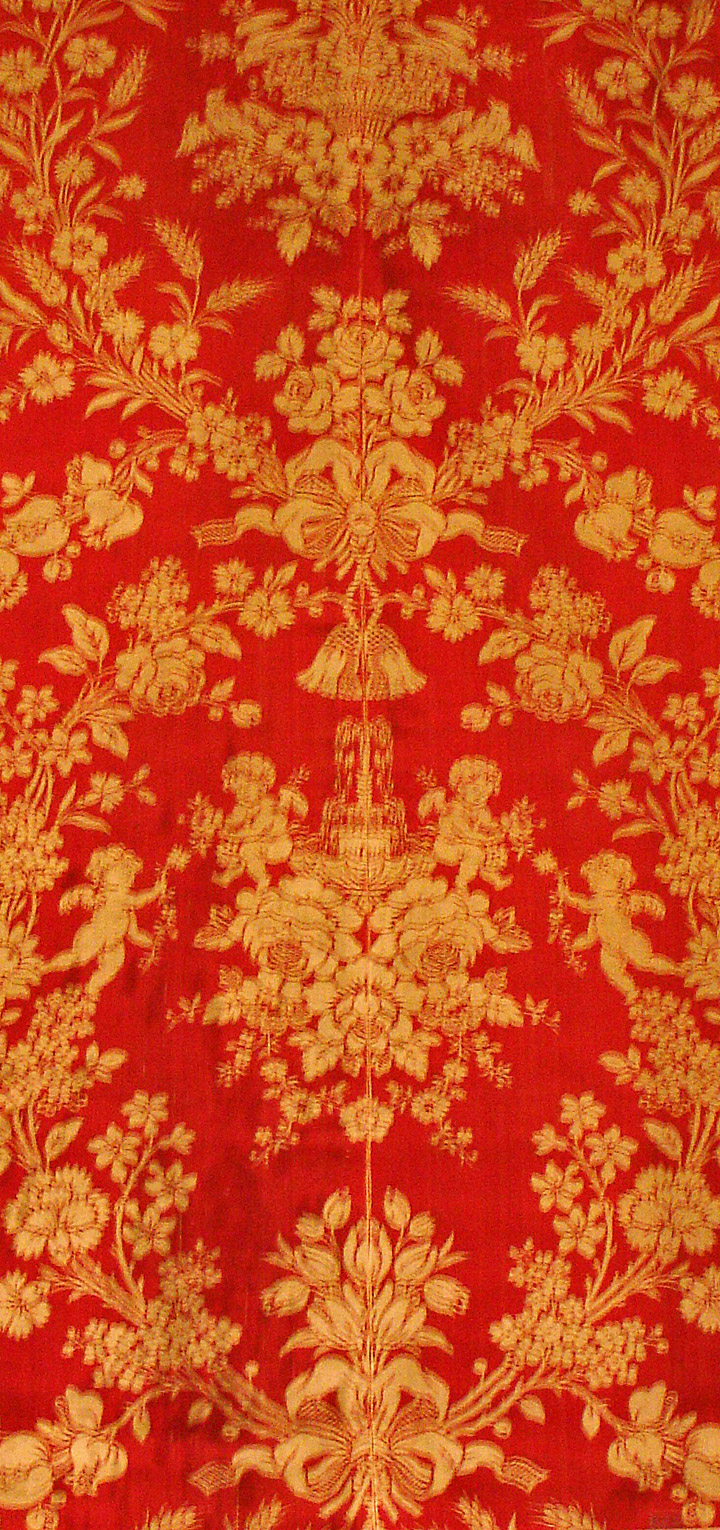

the treasured silks
China of the Tang Dynasty
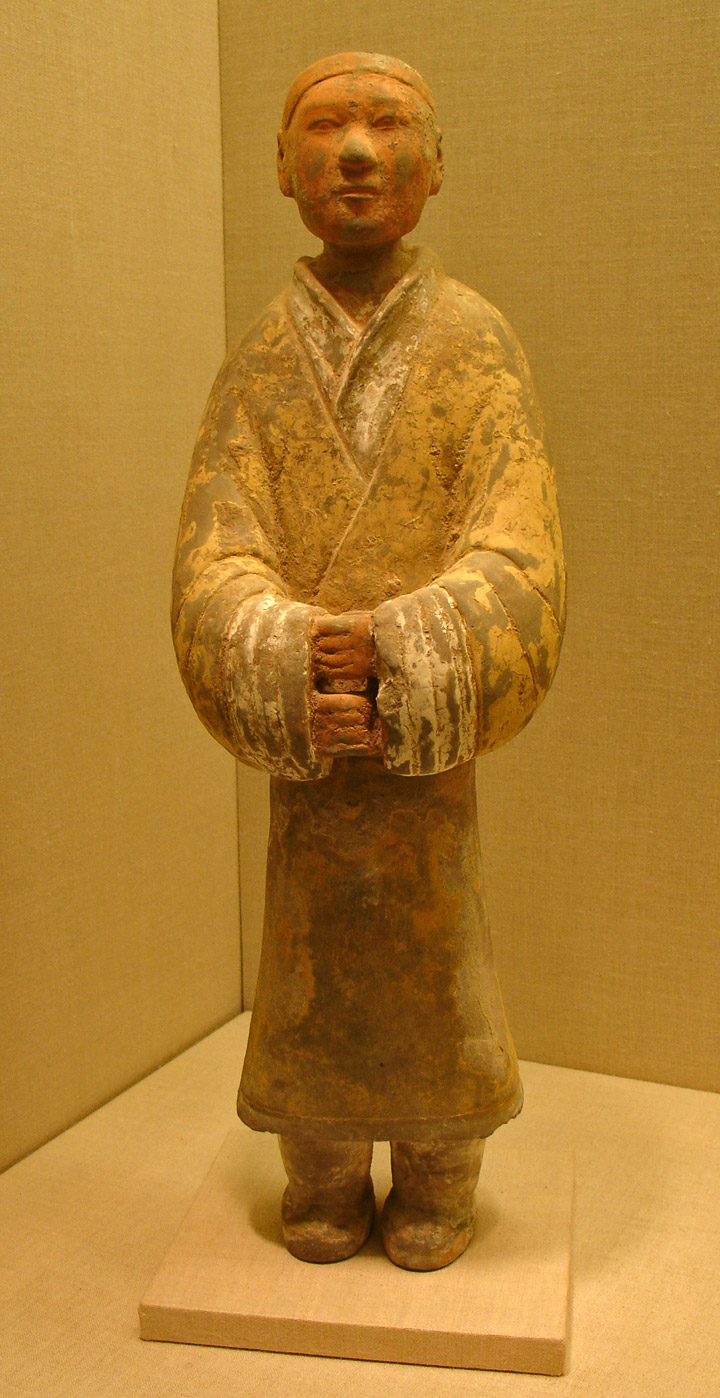
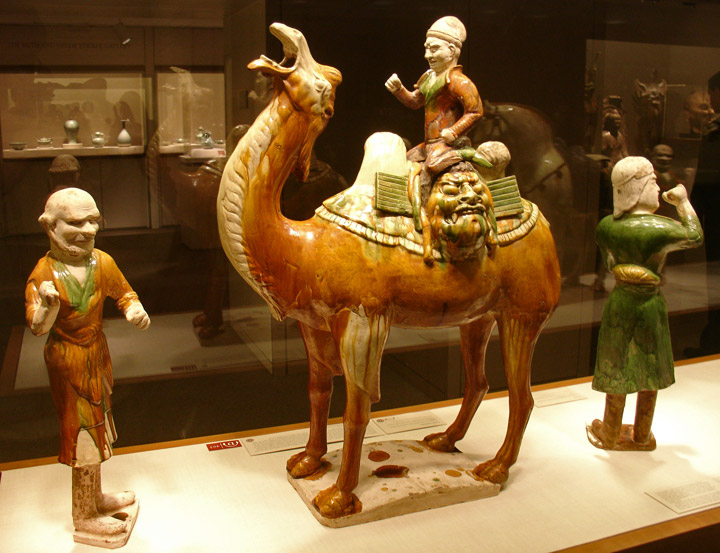
the Bactrian camel
Bactrian Camels are over 2 meters (7
feet) tall at the hump and weigh in excess of 725 kg (1,600 lb). They are
herbivores, eating grass, leaves, and grains, capable of drinking up to 120
litres (32 US gallons) of water at a time. Their mouths are extremely tough,
allowing them to eat thorny desert plants.
They are supremely adapted to protect themselves against the desert heat and
sand, with wide, padded feet and thick leathery pads on the knees and chest,
nostrils that can open and close, ears lined with protective hairs, and bushy
eyebrows with two rows of long eyelashes. Thick fur and underwool keep the
animal warm during cold desert nights and also insulate against daytime heat.

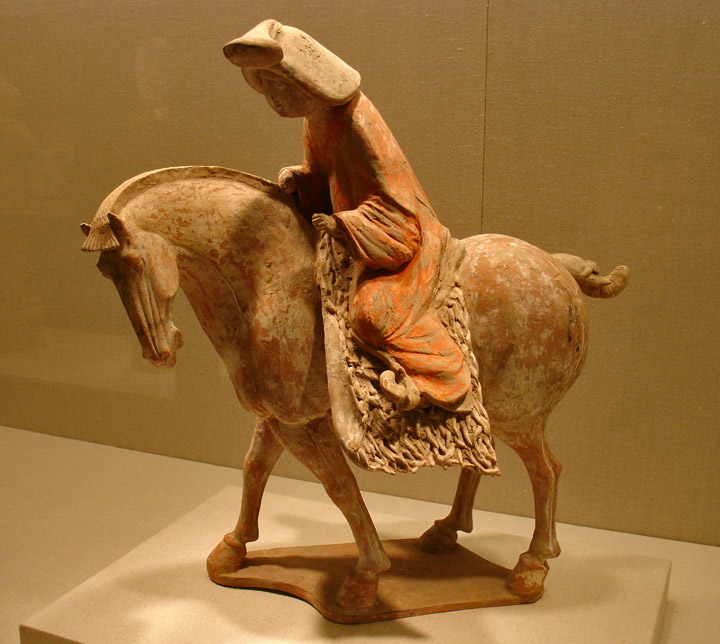
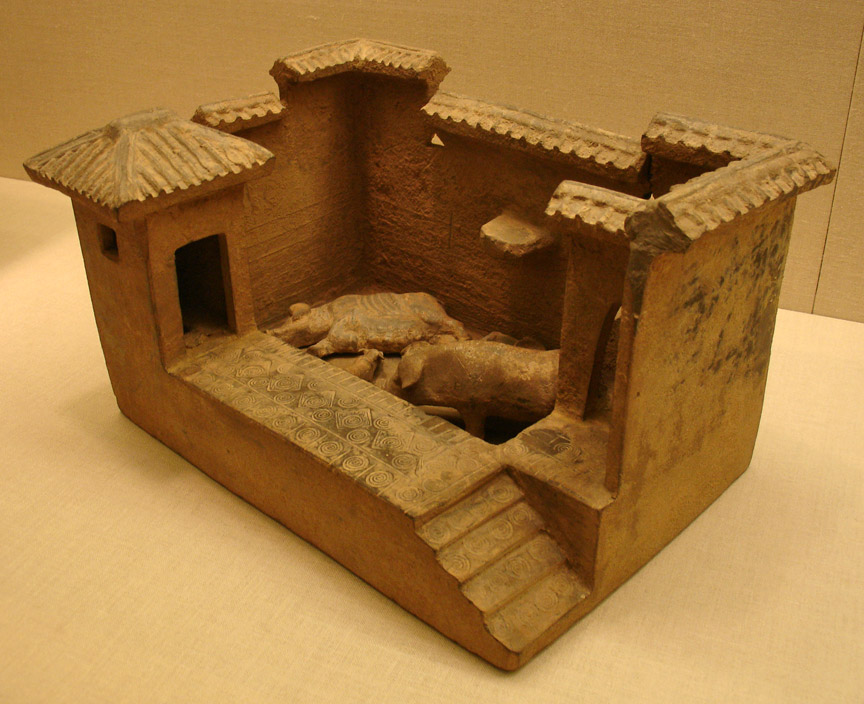
the pig pen
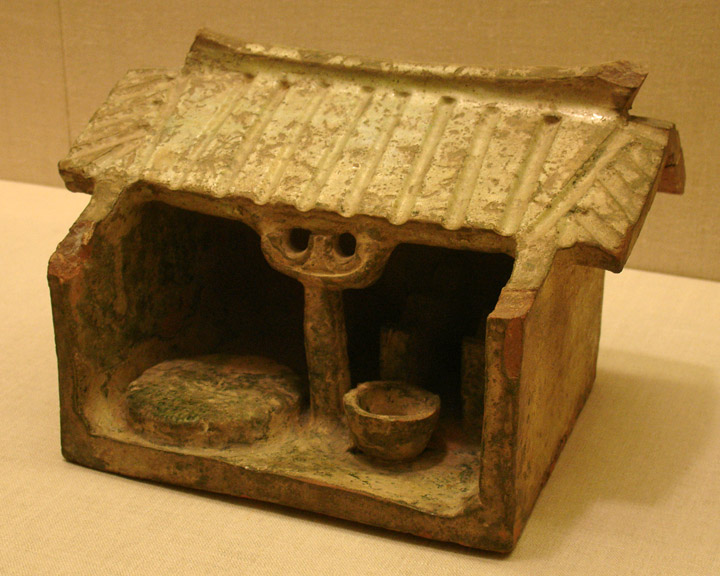
mill wheel
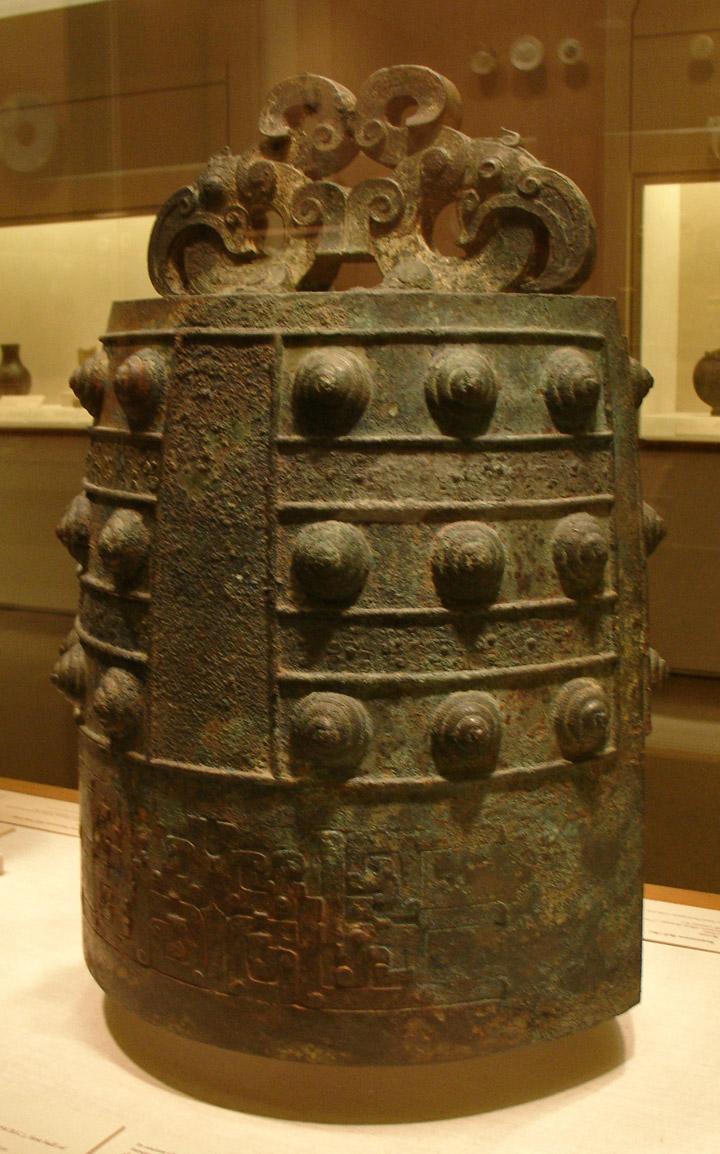
The ancient Chinese had bronze bells called zhong (鐘) which were used as musical instruments. Some of these bells were dated from 2000 to 3600 years old. These bells can each produce two tones. These bells usually have inscriptions on them from which scholars used as references for studying ancient Chinese writings.
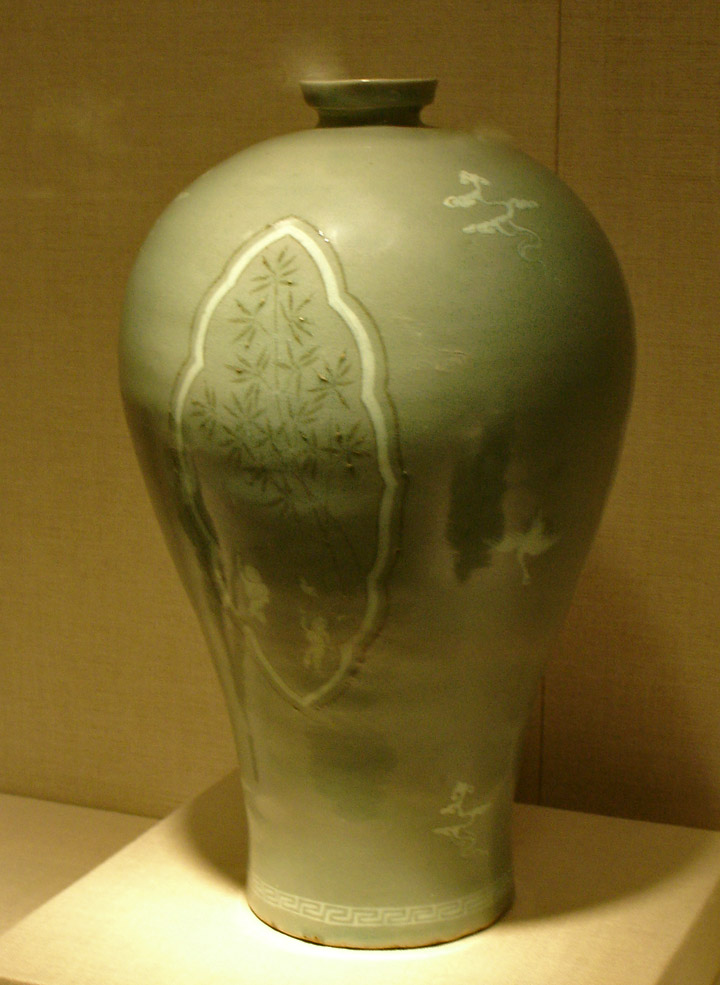
Celadon Vase
Celadon ware refers specifically to that decorated with a subtle bluish green glaze originally made in China's Zhejiang province, i.e., Longquan celadon. Wares of this shade of green in general, initially from Zhejiang but later from other areas as well, are also referred to as celadon although this is not precisely taxonomical because, without a reduced atmosphere when firing, a yellow or brown glaze could be obtained on the same wares. In this case, the term applies only to the visual appearance and the color has come to be known as celadon.
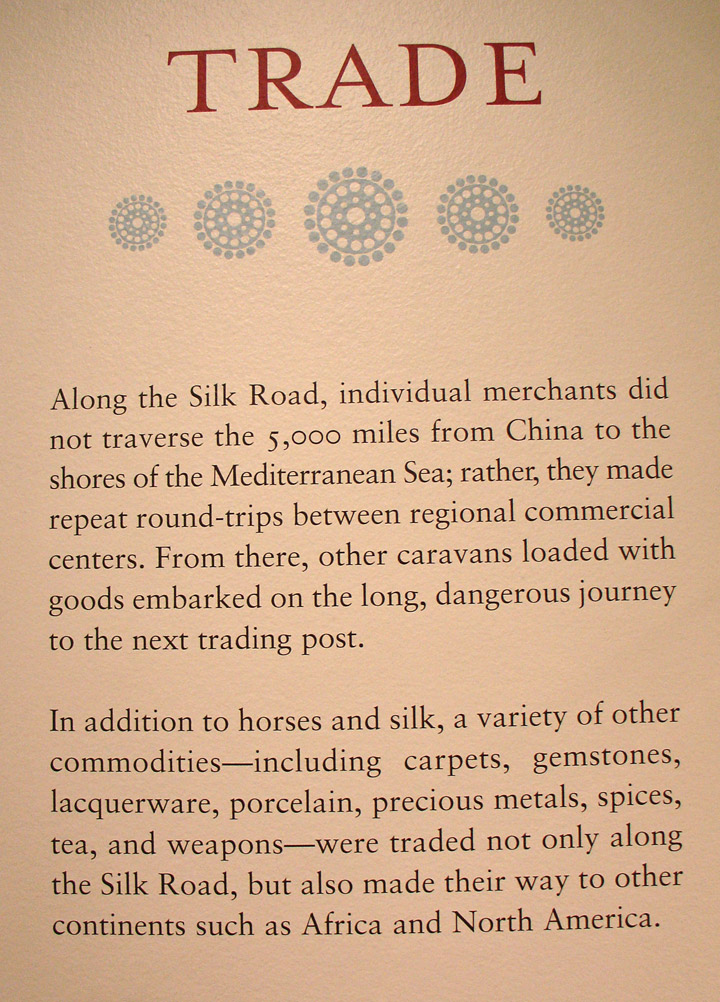
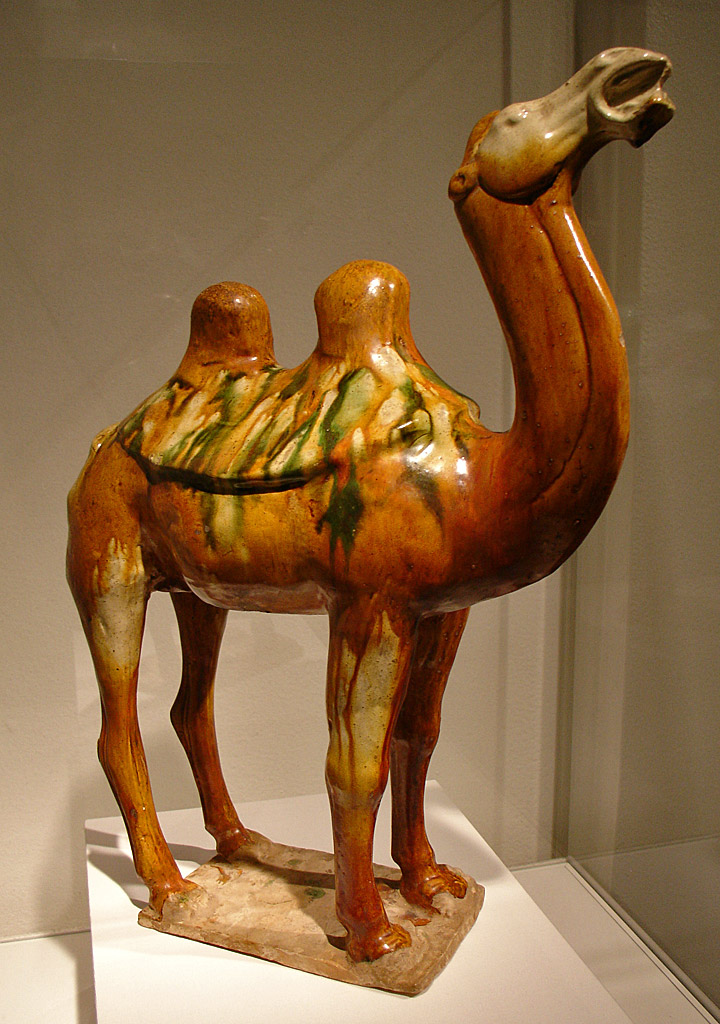
the work camel of the trade route
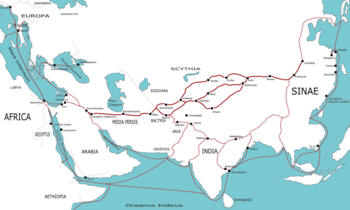
Silk Road routes
Notably, the Buddhist faith and the Greco-Buddhist culture started to travel eastward along the Silk Road, penetrating in China from around the 1st century BC.
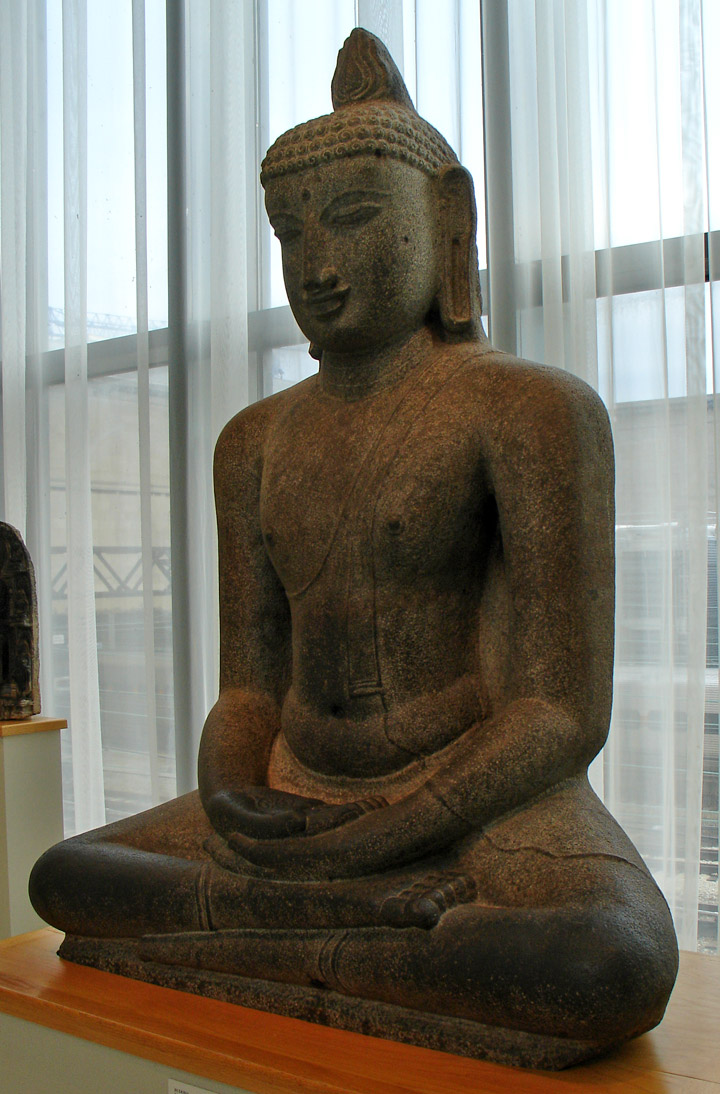
Buddha in Lotus position
The Kushan empire, in the northwestern part of the Indian subcontinent, was located at the center of these exchanges. They fostered multi-cultural interaction as indicated by their 2nd century treasure hoards filled with products from the Greco-Roman world, China and India, such as in the archeological site of Begram.
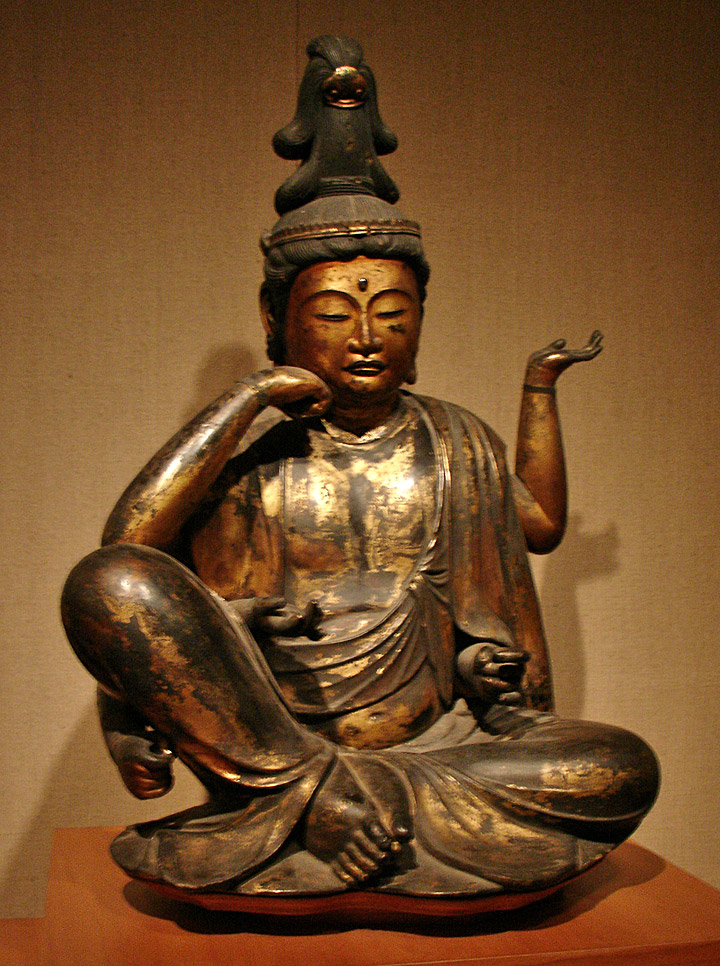
The heyday of the Silk Road corresponds to that of the Byzantine Empire in its
west end, Sassanid Empire Period to Il Khanate Period in the Nile-Oxus section
and Three Kingdoms to Yuan Dynasty in the Sinitic zone in its east end. Trade
between East and West also developed on the sea, between Alexandria in Egypt and
Guangzhou in China, fostering the expansion of Roman trading posts in India.
Historians also talk of a "Porcelain Route" or "Silk Route" across the Indian
Ocean. The Silk Road represents an early phenomenon of political and cultural
integration due to inter-regional trade. In its heyday, the Silk Road sustained
an international culture that strung together groups as diverse as the Magyars,
Armenians, and Chinese.
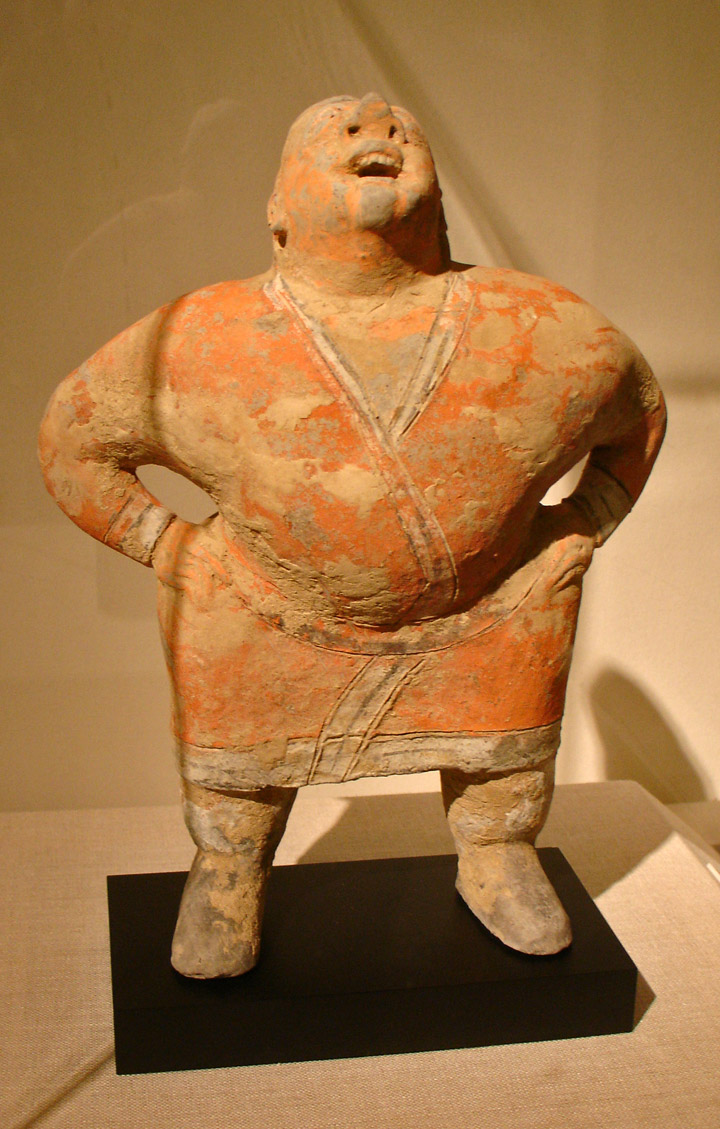
man with teeth
Under its strong integrating dynamics
on the one hand and the impacts of change it transmitted on the other, tribal
societies previously living in isolation along the Silk Road or pastoralists who
were of barbarian cultural development were drawn to the riches and
opportunities of the civilizations connected by the Silk Road, taking on the
trades of marauders or mercenaries. Many barbarian tribes became skilled
warriors able to conquer rich cities and fertile lands, and forge strong
military empires.
The Silk Road gave rise to the clusters of military states of nomadic origins in
North China, invited the Nestorian, Manichaean, Buddhist, and later Islamic
religions into Central Asia and China, created the influential Khazar Federation
and at the end of its glory, brought about the largest continental empire ever:
the Mongol Empire, with its political centers strung along the Silk Road
(Beijing in North China, Karakorum in central Mongolia, Sarmakhand in
Transoxiana, Tabriz in Northern Iran, Astrakhan in lower Volga, Solkhat in
Crimea, Kazan in Central Russia, Erzurum in eastern Anatolia), realizing the
political unification of zones previously loosely and intermittently connected
by material and cultural goods.
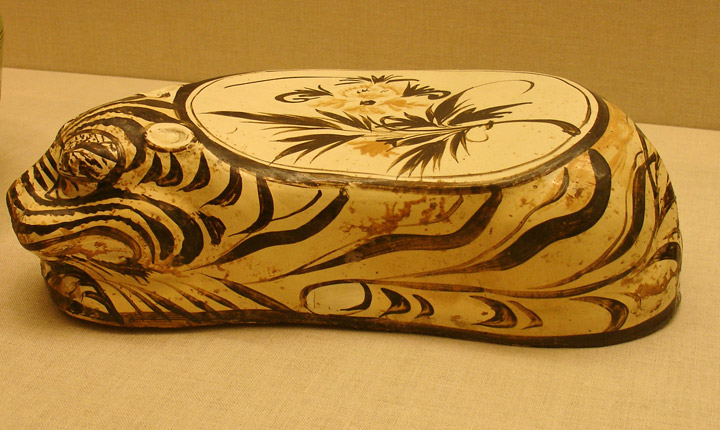
head rest
The main traders during Antiquity were the Indian and Bactrian Traders, then from the fifth to the eighth c. the Sogdian traders, then the Persian traders.
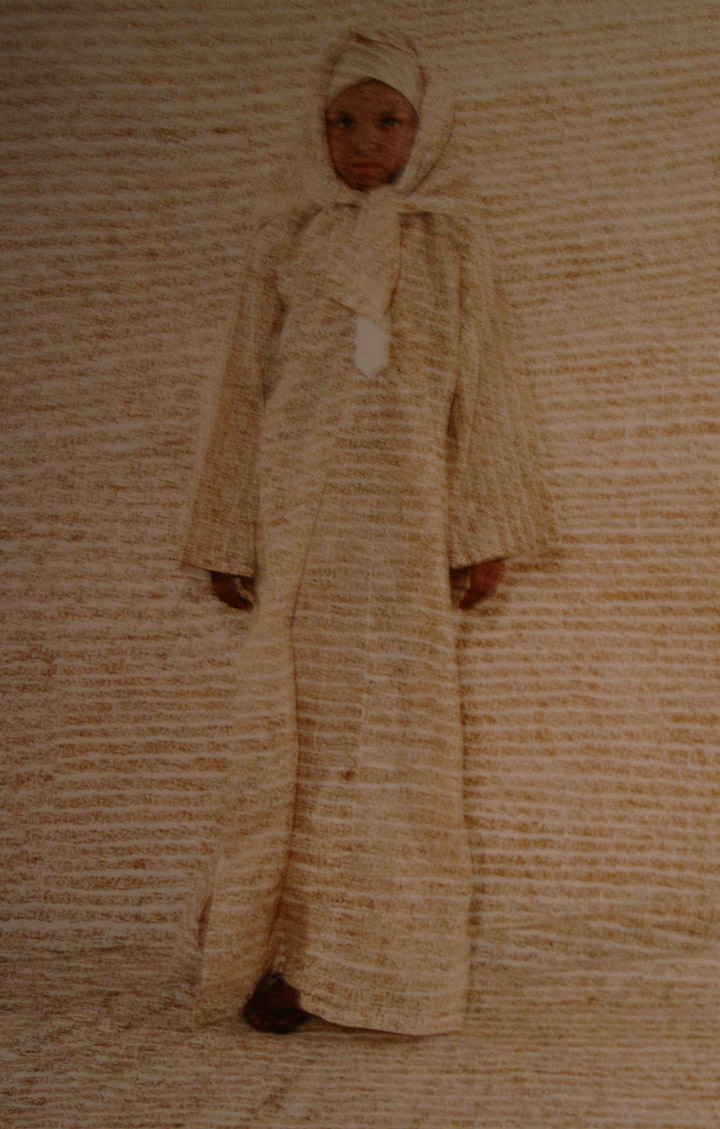
now the Silk Road is largely through Muslim regions
The Roman Empire, and its demand for sophisticated Asian products, crumbled in the West around the 5th century. In Central Asia, Islam expanded from the 7th century onward, bringing a stop to Chinese westward expansion at the Battle of Talas in 751. Further expansion of the Islamic Turks in Central Asia from the 10th century finished disrupting trade in that part of the world, and Buddhism almost disappeared.
Text from Wikipedia
Oriental Influence on the West
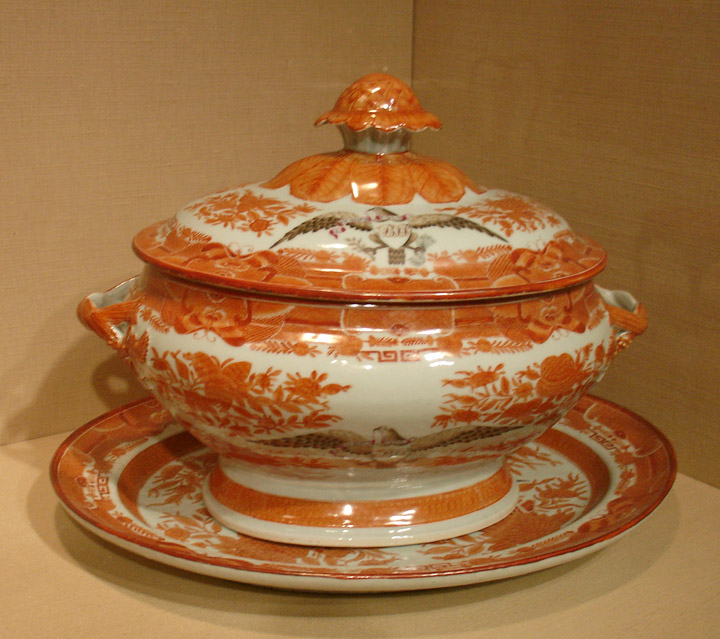
in this Chinese pottery made for
the Western trade
an Eagle replaces the Chinese dragon
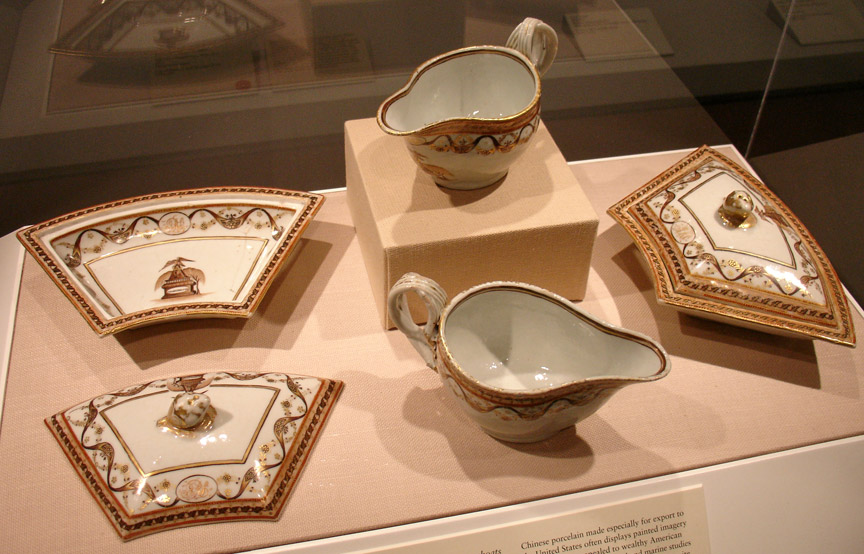
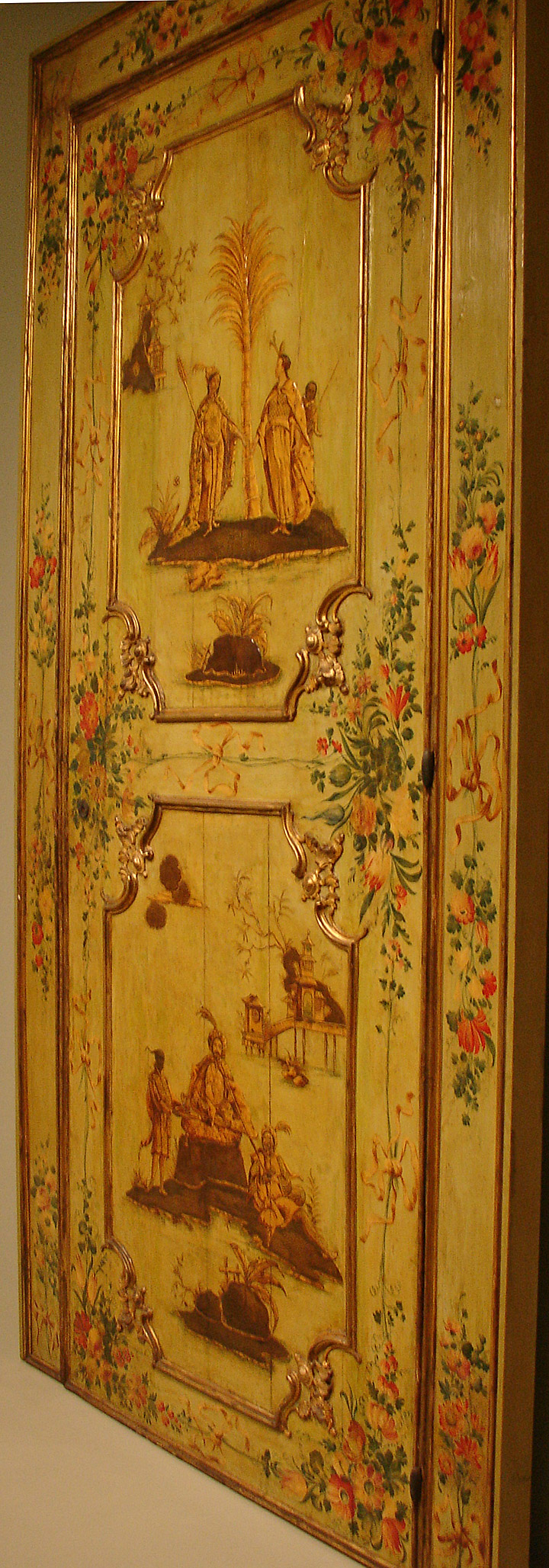
Oriental influence on the door
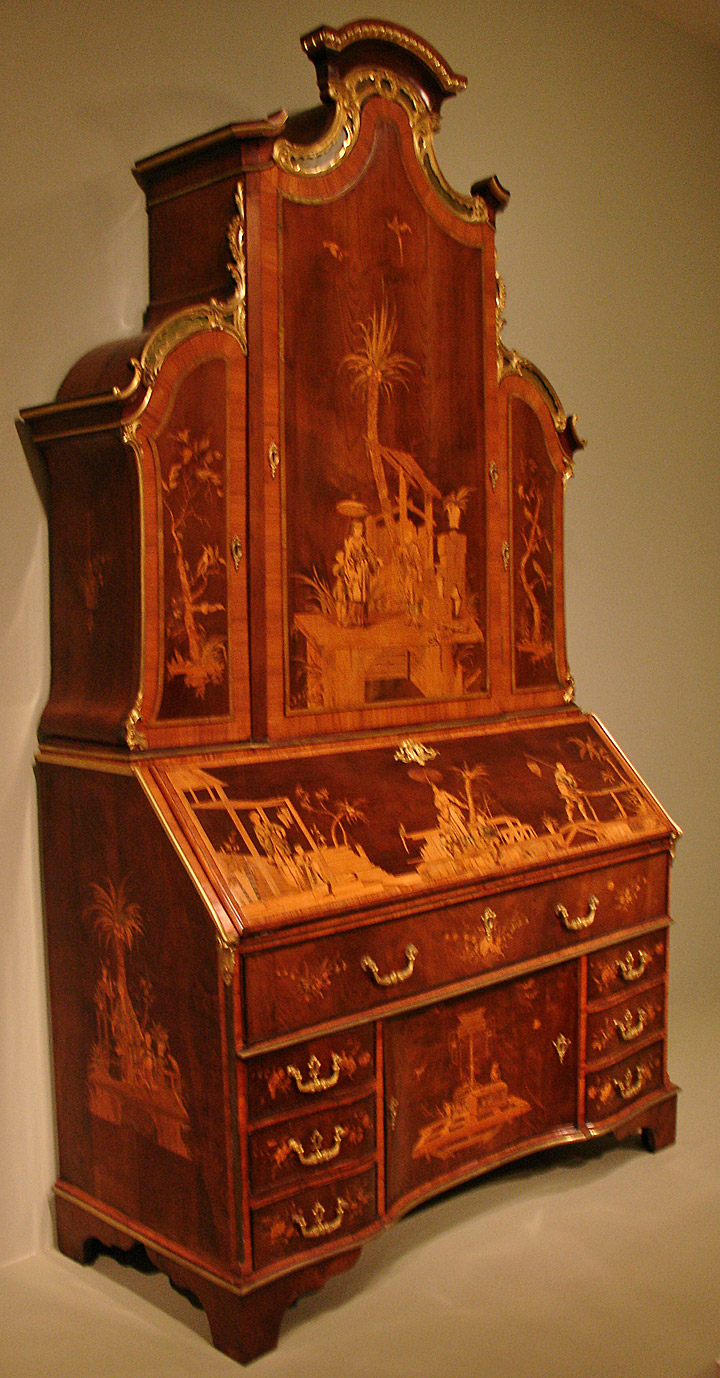
and the cabinet

Oriental Influence in Meisen China